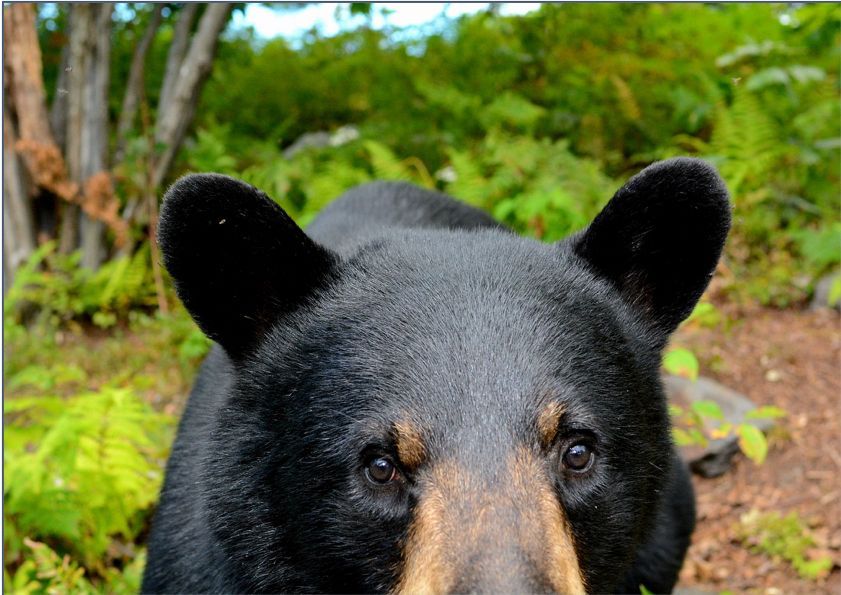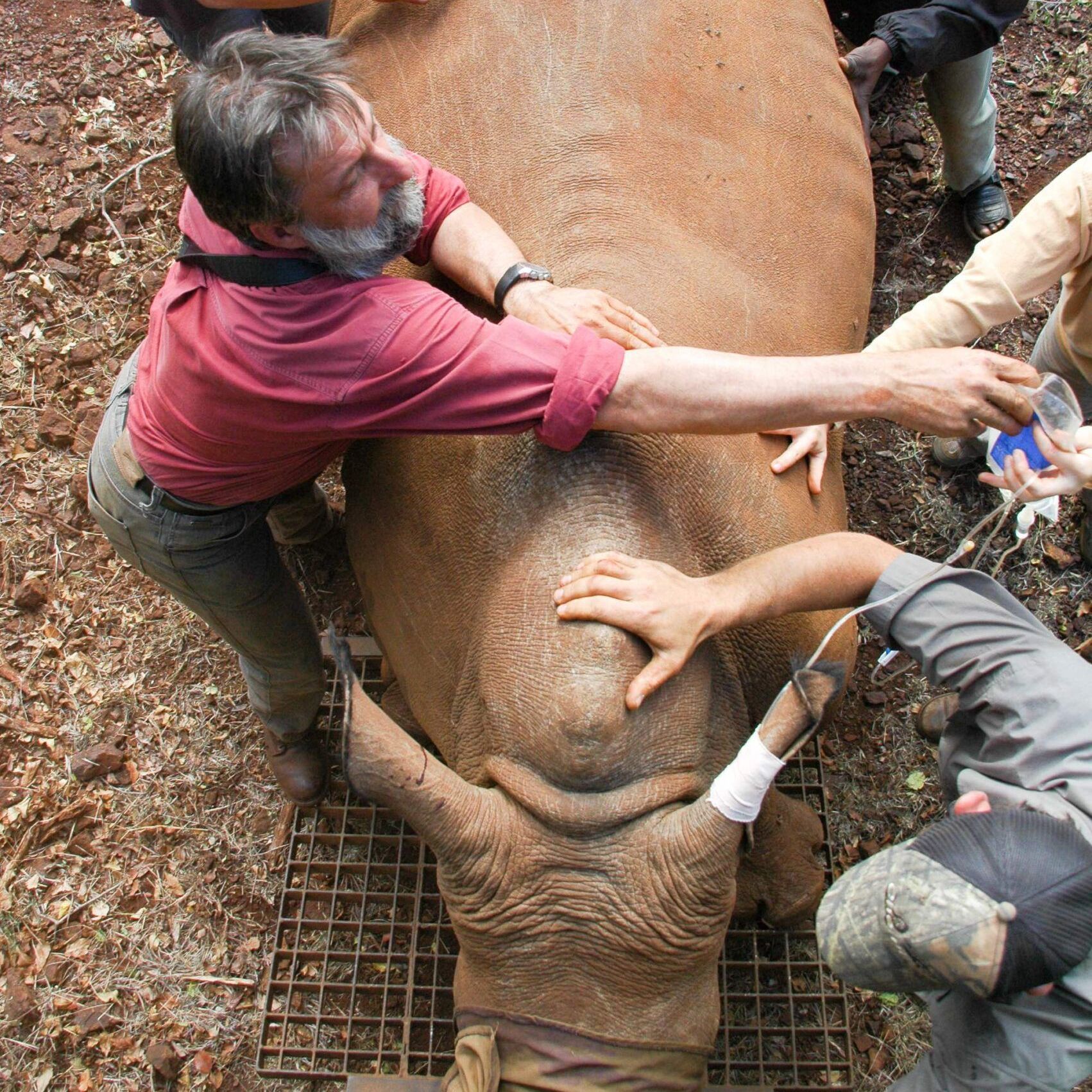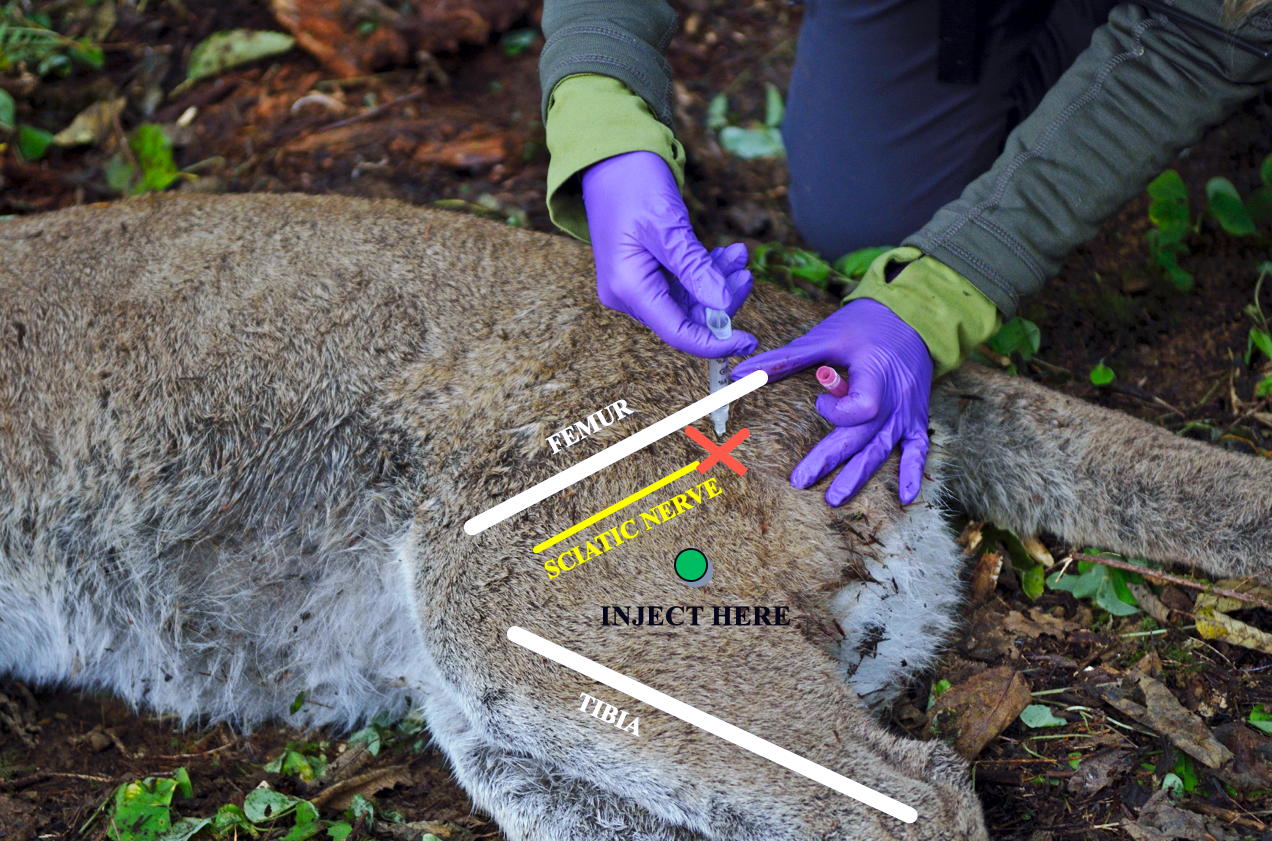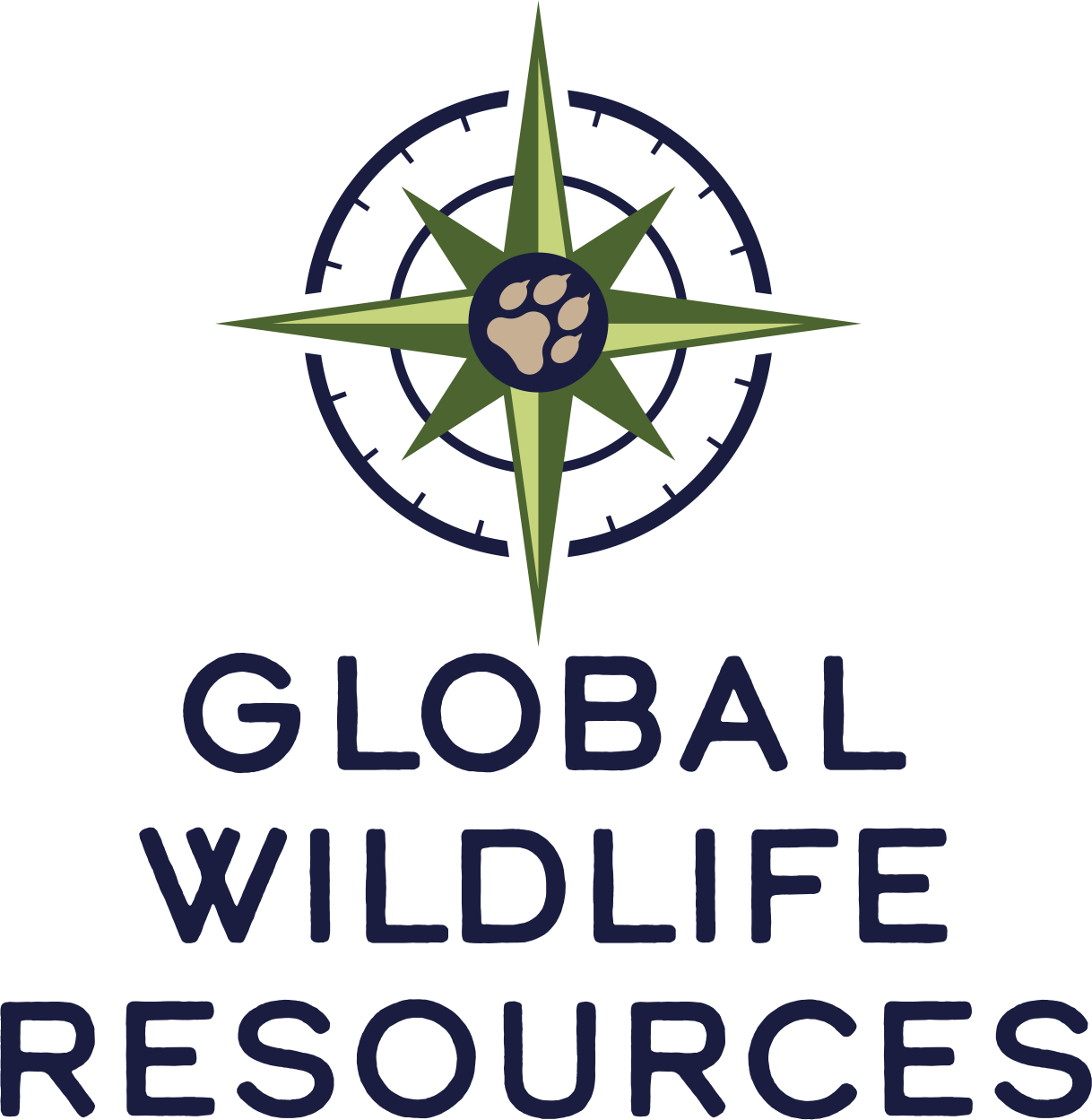Is it Safe to Drug Black Bears with BAM?
“Is it safe to drug black bears with BAM?”
“How do I deal with slow respirations caused by BAM?”
These are questions I often get from wildlife professionals.
BAM is combination of Butorphanol, Azaperone, and Medetomidine from Wildlife Pharmaceuticals. It has been getting wide attention in the United States and is a great drug combination for black bears. It is safe and, in general, the animals do not wake up as suddenly as they often do with ketamine and xylazine.
One of the best things about BAM is the ability of the biologist or animal caretaker to give the reversals when their work is done. This means the animal is down for a shorter period of time thus freeing up personnel for other duties. The professional standard is: Do not leave the animal until it is awake enough to raise it’s head, swallow, and control it’s airway.
Yes, BAM can cause very slow respirations in bears and other animals. So be sure to create protocols for how to prevent this problem, when to treat a concern, and what treatments can be used in your field situation.
PREVENTING PROBLEMS
1. TPRs (temperature, pulse, and respirations)
A healthy respiratory rate for a bear under BAM is about 12 to 16 breaths per minute (BPM). A slow respiratory rate can be seen either as very few evenly spaced breaths per minute or as periods of regular breathing with periods of apnea (lack of breathing). This is called episodic breathing. Always monitor breathing but the greatest concern is when ambient temperatures are hot or when the bear has been physically active and has a high body temperature (i.e. running through town). TPR’s, TPR’s, TPR’s!
Monitor TPRs often – at least every 5 minutes. We often count heart rates and respirations for 15 or 30 seconds. If breathing is very slow or episodic, then count respirations for 1 minute to get an accurate count. Be sure to record every TPR in chronological order.
2) Have oxygen whenever you can when working up bears under the effects of BAM.
This may not be realistic in the backcountry. Administer oxygen on every bear throughout the handling as depressed respiration is very common in bears under BAM.
WHEN TO TREAT FOR SLOW BREATHING
I suggest taking action when respirations are 8 breaths per minute or slower. These can be 8 breaths evenly spaced or episodic. It is very unsettling to have a bear stop breathing for 30 seconds! Another indicator is when a bear gives a large, loud exhale followed by no breath for several seconds. This is also consistent with episodic breathing. This recommendation of 8 breaths per minute is a general reference. Each program should decide what indicators will initiate treating the animal.
TREATMENT
When you have decided that the bear is breathing too slow you have a tier of treatment options to help a bear under BAM. These options are listed from least significant to most significant. The stronger the drug dose is acting on the bear, the more significant an action must be taken to succeed.
With milder concerns you can use less significant treatments.
- Physical Stimulus
Some biologists will rub their knuckles against the ribs to stimulate a bear to breath. - Governing Vessel 26 (GV-26) is an acupuncture point used for resuscitation, shock, respiratory arrest, and cardiac arrest. GV 26 is located at the junction where the “leather” of the nose meets the fur of the upper lip at the center groove of the nose. You can use your finger nail to apply pressure to this site or insert a 22 or 25 gauge needle at this site and twirl it slowly for a moment. It is not necessary to hit the bone to achieve full effect. The animal should begin breathing if the drug effects are not too strong.
- Doxapram HCl (Dopram V®)
Doxapram is a respiratory stimulant that can re-activate breathing or improve it. For bears, inject 0.5 ml into the tongue for fast absorption. - Partial reversal with Tolazoline HCl (Tolazoline®)
Tolazoline is an antagonist (reversal) recommended for xylazine. Tolazoline can be given (0.5 ml IM) as a partial reversal. It is not strong enough to reverse the medetomidine in BAM so the animal will not be completely reversed, but it may improve respirations. This is not an absolute. This is a working recommendation from a collective learning experience of many professionals. - Full Reversal
If the bear stops breathing or has dangerously slow breaths, the BAM should be fully reversed with both naltrexone and atipamezole (in that order). Follow the reversal doses recommended by Wildlife Pharmaceuticals. As always, remove all non-essential equipment and people before the drugs are reversed.
SUMMARY
BAM is a safe and effective drug combination for black bears. All drug combinations pose risks to the animal. The most common risk caused by BAM is slow respiration. As with all chemical immobilizations, personnel should monitor TPRs often and record in chronological order. Be sure to make a plan for helping the bear when respirations are too slow. We are the animal’s advocate!
MY LIVE AND FUTURE ONLINE COURSES HAVE ALL OF THIS INFORMATION AND MORE!!!
SIGN UP FOR OUR NEWSLETTER FOR UPDATES!
ACKNOWLEDGEMENTS
Some of these recommendations are from other biologists and veterinarians. Thank you. Collectively we strive to build upon our experiences, share them among colleagues, and strive to provide the best care we can for the animals. We are all advocates for the animals. – Dr. Mark
This and other practical and field-based tools are covered in more detail in my live and online chemical capture courses.
Share with your Connections
More articles for you....










